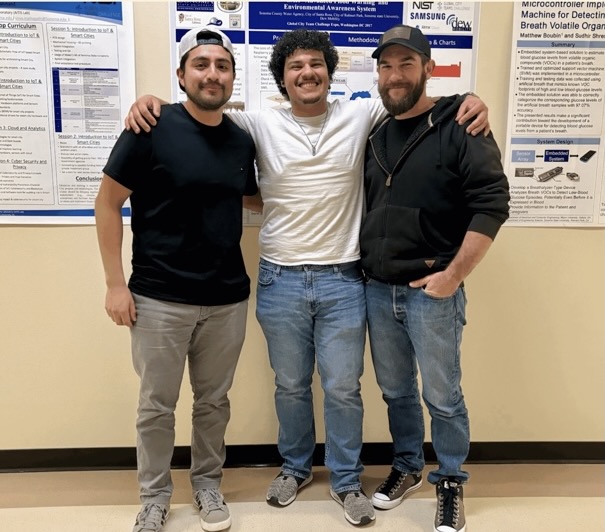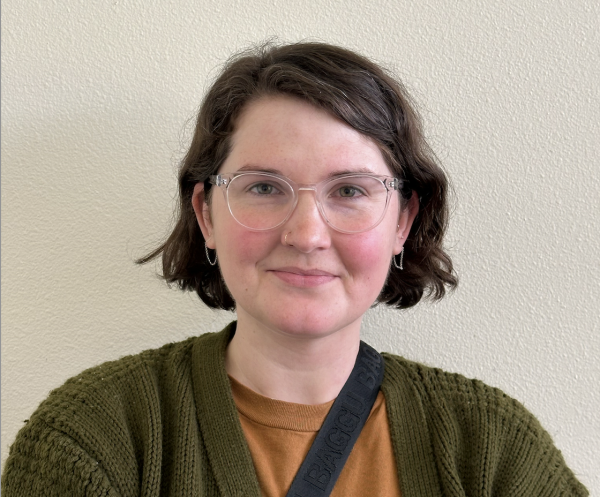Under the guidance of their engineering professor, Farid Farahmand, a simple idea soon evolved into countless hours spent working in the confines of a Salazar Hall lab.
After meeting through the engineering department here at SSU, Jorge Romero, Daniel Rebich and Oscar Avendano became friends and soon began collaborating on projects together. Most recently, they created an irrigation system that has been picked up by a local winery.
The product they designed, called HydroSync, can be described as a vineyard irrigation control and monitoring system. “We can get really complex with it, but those are the basics,” Rebich said.
They began planning and designing the system in Oct. 2023, and have been working on creating the physical product since December. They estimate that they have spent about 30 hours a week actively working on it since Oct.
As for why their system is important, Rebich said, “There isn’t currently any fully developed system for this use case…that’s why we are focusing on the communication infrastructure. Our idea was to bring the cost down on that portion, then the clients would be able to customize and modify the sensors and actuators that would be implemented in the vineyard.”
They say the most memorable moment throughout the entire process happened when they began testing the system. “We tested clear across the vineyard and actually ran out of room to test for our range,” Rebich said. “We could’ve gotten more, but we just ran out of land,” Romero said.
Another moment that stuck with them happened when they were able to show their client what they had been working on. “He was amazed and impressed by the amount of work it took to implement those features in such a short amount of time,” Romero said.
Although they are proud of their accomplishments, it didn’t come without complications. They said that if something were to go wrong during testing, the potential for catastrophe was high. “Our client even asked the higher-ups to make sure it would be ok to potentially ruin the vineyard,” said Rebich, referring to the possibility of a major flood occurring. “It is a lot of pressure, but we’ve spent a lot of time designing it, and a lot would have to go wrong for that to actually happen,” Romero said.
Currently, they are working on getting the handling time throughout the three different subsystems just right. “We have to make sure they’re running and synchronized at the same time,” Rebich said.
Romero said that although it’s difficult work, “it gives you a huge sense of pride.” The three of them hold regular group meetings to discuss their progress and plans, and frequently check in with one another. “We have eachothers backs,” Romero said.
As for the future, their goal is to implement their system in several other properties in Sonoma County. They also hope that what they have created will continue to be expanded and improved upon by future generations of students.





































